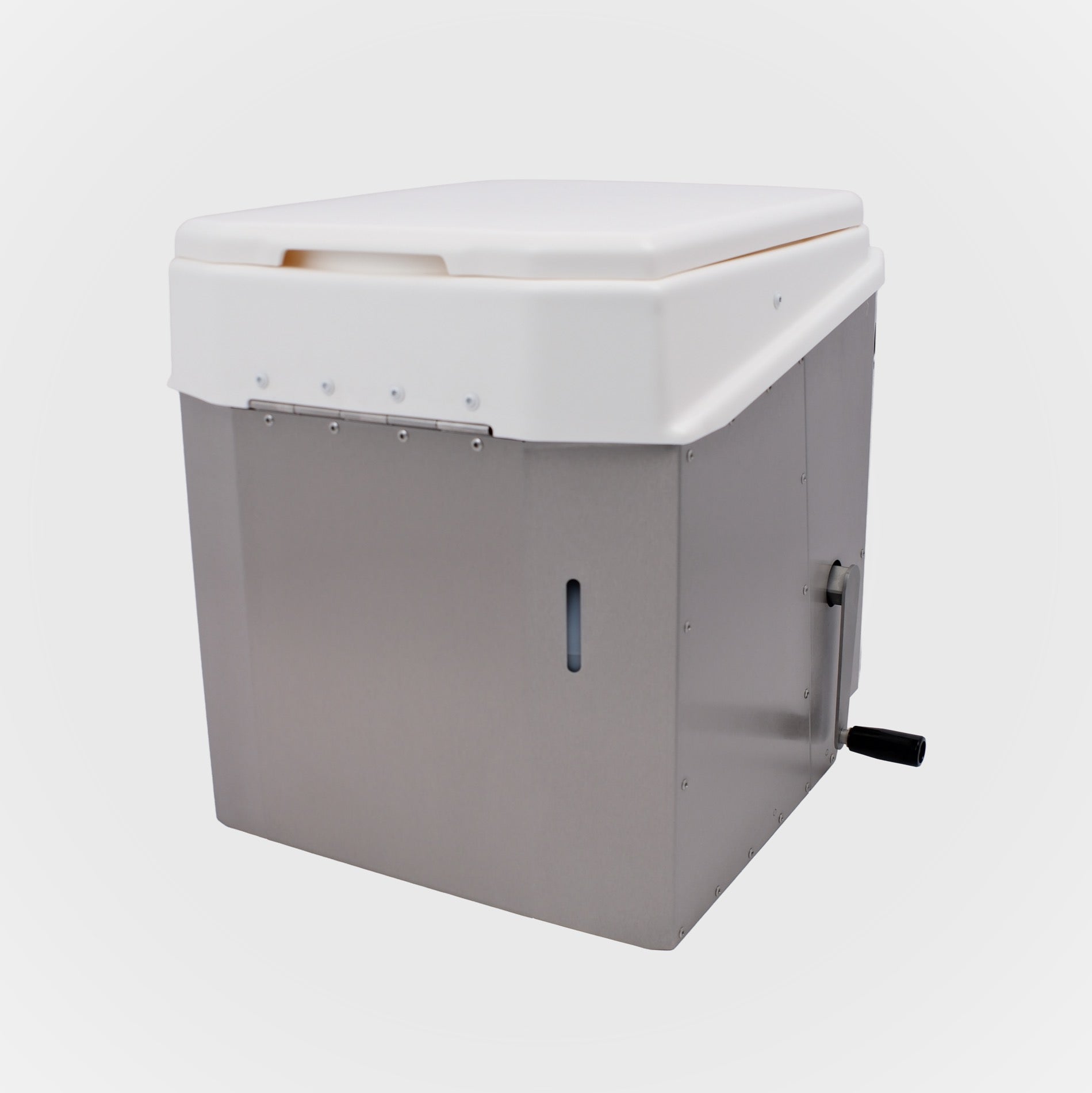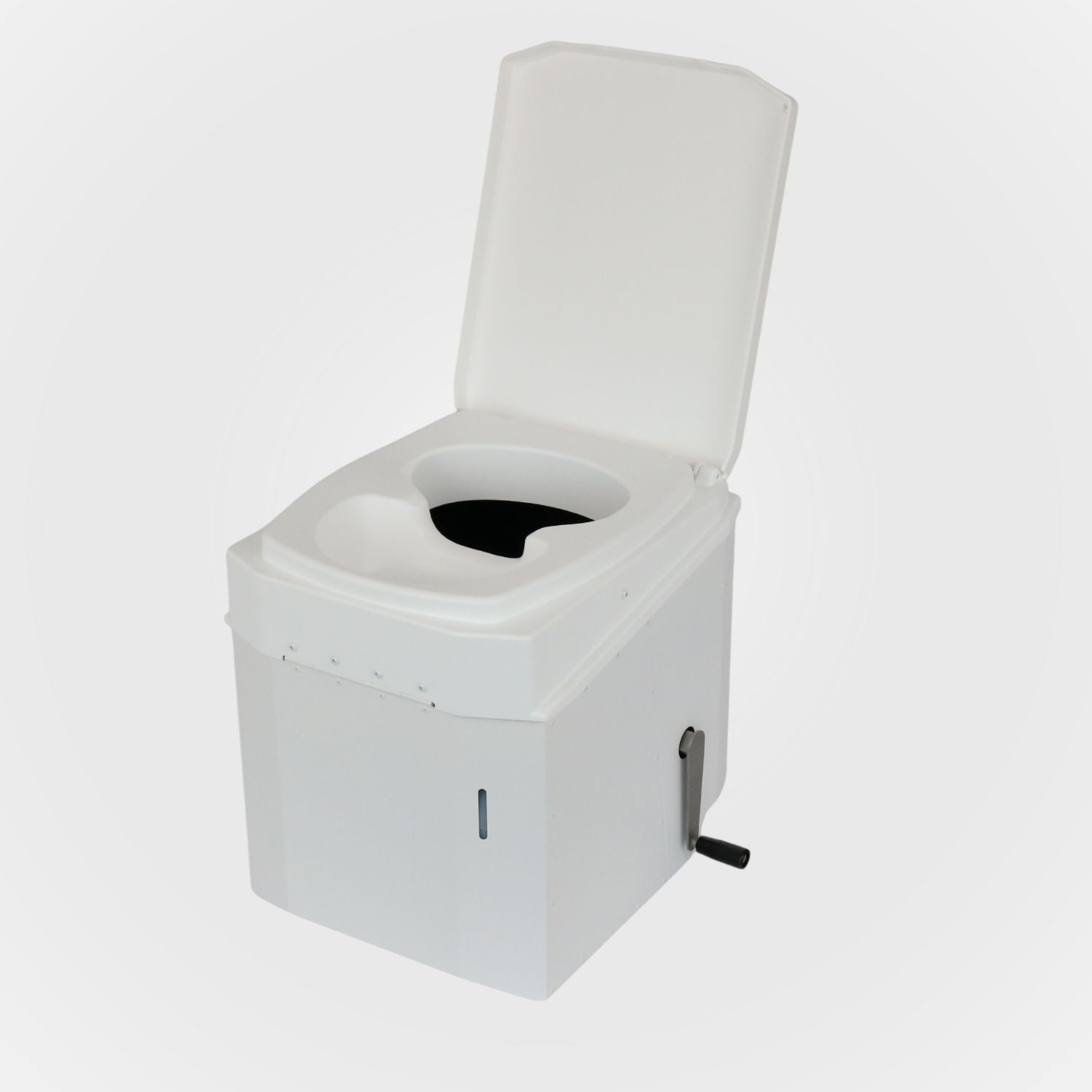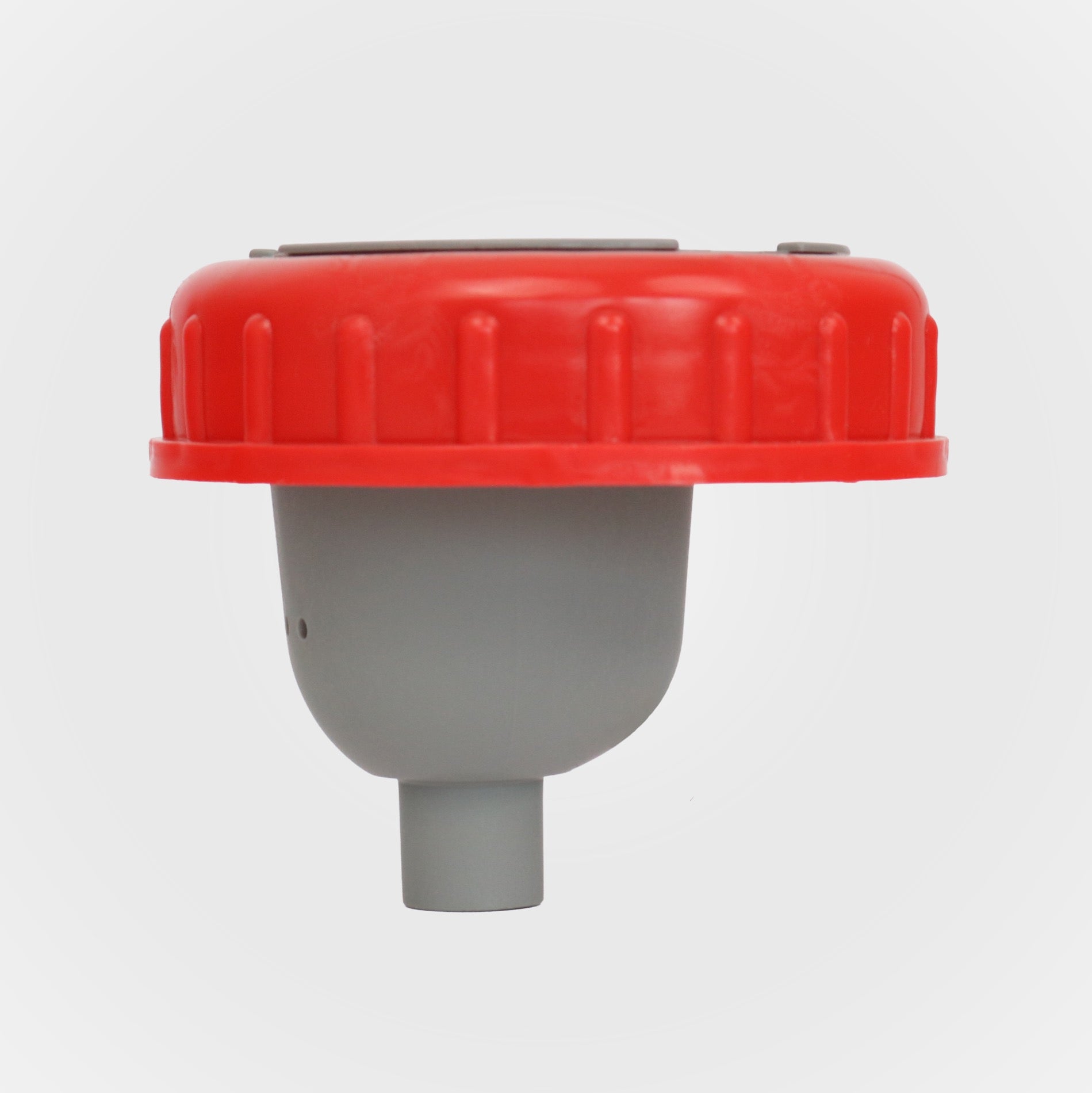Blogs: Knowledge about composting toilets & green concepts | BioTioo
Camping toilet: What types are available and how to choose the right one
Camping means freedom. You're out in nature, far away from stress and hustle and bustle – but at some point the question arises: Where do you go to relieve yourself? Public restrooms aren't always nearby or clean, and not everyone likes going behind bushes. A camping toilet is a literal lifesaver in such situations. It offers you comfort, hygiene, and independence. This guide tells you everything about the different types of camping toilets, their advantages and what you should look out for when buying one. What is a camping toilet? A camping toilet is a portable or permanently installed toilet designed for use while camping or traveling. It allows you to take care of your sanitation needs independently of public restrooms. There are different ways they work: Chemical toilets use special additives that bind odors and break down feces. Dry toilets, on the other hand, do not require any water or chemicals , making them more environmentally friendly. One type of dry toilet is the composting toilet, in which solid and liquid components are separated. This separation significantly reduces odor formation and facilitates disposal. Advantages of a camping toilet Having your own camping toilet offers you comfort and independence on the go, because you are no longer dependent on public sanitary facilities, which are often unhygienic or simply not available. Especially on remote campsites or when wild camping, having your own toilet is a real luxury. Unpleasant treks at night or in bad weather are a thing of the past with camping toilets. The good news: Camping toilets are easy to transport and clean, so you always have a hygienic solution with you. Environmentally friendly models like dry toilets even avoid the use of chemicals and are more sustainable. This makes them kind to the natural environment you're in. A definite plus. The most important advantages of a camping toilet at a glance: Independence from public toilets More hygiene and comfort Ideal for remote campsites or wild camping It saves you from unpleasant journeys at night or in bad weather. Environmentally friendly models without chemicals are available. Easy transport and cleaning options What types of camping toilets are available? The selection of camping toilets is huge, and it can be difficult to find the right one for you. Do you need a portable solution for spontaneous trips or would you prefer a permanently installed model? Should the toilet be compact or as comfortable as possible? And the most important question: chemical toilet or dry toilet? Here you will find an overview of the different types of toilets with their features, advantages and disadvantages. Mobile camping toilet A portable camping toilet is particularly practical for those who want to remain flexible. It is easy to transport, compact, and ideal for tent campers or caravans without permanent sanitary facilities. Portable toilets are quick to set up and just as quick to put away after use. They are available as chemical toilets or dry toilets. One of their advantages is their versatility: portable camping toilets can be used both inside and outside the vehicle. The only drawback is that you have to empty them regularly, and some models are less comfortable than permanently installed versions. Permanently installed camping toilet A permanently installed camping toilet offers maximum comfort and is ideal for motorhomes or larger campers. Unlike portable toilets, they are permanently installed and often connected to a wastewater system. They score points with their robust construction and ease of use, as many models are equipped with a built-in flushing function. However, they take up more space and are not very easy to transport. Furthermore, disposal is usually restricted to special facilities. High camping toilet High camping toilets are designed for those who value comfortable seating. Their seat height is similar to that of normal household toilets, making using the toilet more pleasant – especially for older people or those with limited mobility. Due to their height, they are usually somewhat bulkier than compact models, but are significantly more comfortable to use. They are available as chemical toilets or dry toilets. Compact camping toilet If you have limited space, a compact camping toilet is perfect for you. These models are both smaller and lighter, making them ideal for small campers, vans, or minimalists. Moreover, they are easy to transport and take up hardly any space before and after use. However, a disadvantage is the reduced seating comfort. The tanks or collection containers are also usually smaller, which means they need to be emptied more frequently. chemical toilet The chemical toilet is the classic camping toilet. It works similarly to a normal toilet, using a flushing mechanism to transport waste into a holding tank. Special sanitation fluids break down the waste and prevent unpleasant odors. This ensures relatively odor-free use, but the chemicals need to be refilled regularly. What makes the toilet so efficient, however, also makes it impractical, as disposing of the chemicals is often complicated: the contents of the toilet cannot simply be dumped into nature, but must be emptied at special disposal stations. Anyone opting for a chemical toilet should therefore find out in advance about the availability of such stations along their planned travel route. Dry toilet Dry toilets require no water or chemicals and are a sustainable alternative. The waste is collected in a separate container and covered with bedding material. Sawdust or coconut fibers are often used as bedding. They absorb moisture and odors, keeping the toilet hygienic even without chemicals. Many models are also designed so that the solids can be composted. This makes disposal particularly environmentally friendly. Cleaning is also simple, as no foams or chemicals are required. However, dry toilets need to be emptied relatively frequently, since there is no decomposition by chemical agents. composting toilet Composting toilets go a step further than classic dry toilets: they separate liquid and solid waste directly during use. Urine is collected in a separate container, while solid waste ends up in a collection container covered with sawdust or other bedding material. This technology prevents the typical odor formation because urine and solids don't mix. Emptying is also straightforward, as no chemical additives are used. Anyone looking for a sustainable, low-odor, and easy-to-clean camping toilet will find a composting toilet to be the ideal choice. Which camping toilet is right for me? Do you often travel with a tent or campervan and need a flexible solution? Then a portable camping toilet is ideal for you. It's lightweight, compact, and easy to transport. However, if you have a motorhome or a larger campervan, a permanently installed toilet might be the better choice, as it offers greater comfort and a larger waste tank. Only you can decide whether you prefer a chemical toilet or a dry toilet. A chemical toilet is easy to use, largely eliminates odors, and is generally very convenient. However, disposal is often more complicated and less environmentally friendly. However, if you prefer a more sustainable option, a dry composting toilet is the better alternative. It requires no water or chemicals, produces little odor, and is much easier to dispose of. But in addition to the type of toilet, you should also pay attention to its height and size. A tall camping toilet is more comfortable, while the compact version is easier to store. So think carefully about what's more important to you: saving space or comfort? Convenience or sustainability? Ultimately, your personal preferences alone will determine which camping toilet is best for you!
Read more










